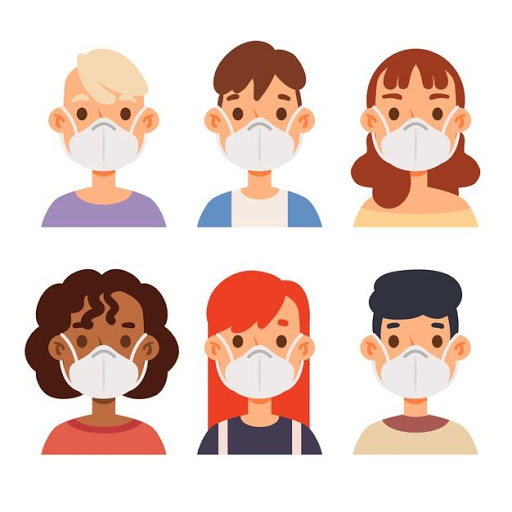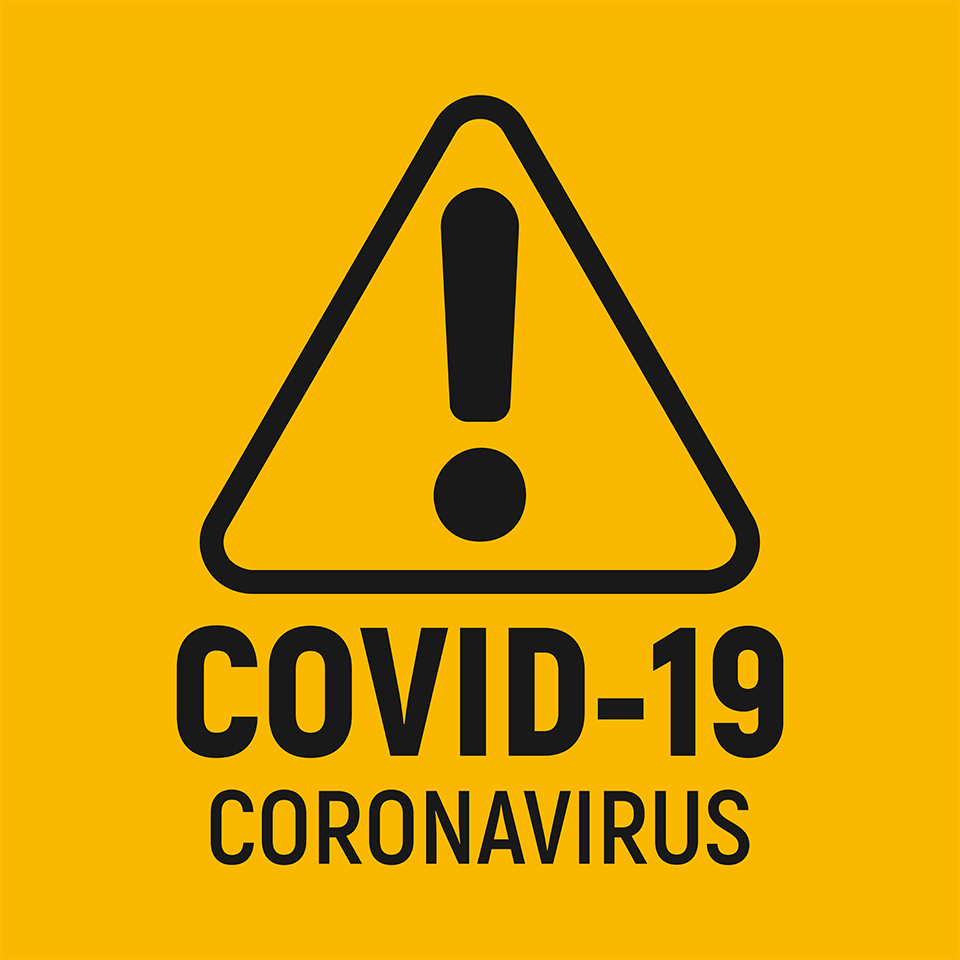

WHAT IS COVID-19
Coronaviruses are a type of virus. There are many different kinds, and some cause disease. A coronavirus identified in 2019, SARS-CoV-2, has caused a pandemic of respiratory illness, called COVID-19.
COVID-19 is the disease caused by SARS-CoV-2, the coronavirus that emerged in December 2019.
COVID-19 is a disease caused by a new strain of coronavirus. ‘CO’ stands for corona, ‘VI’ for virus, and‘D’ for disease. Formerly, this disease was referred to as ‘2019 novel coronavirus’ or ‘2019-nCoV.’ The COVID-19 virus is a new virus linked to the same family of viruses as Severe Acute Respiratory Syndrome (SARS) and some types of common cold.
Covid-19 is a disease caused by SARS-CoV-2 which is one of seven types of coronavirus that can affect the upper respiratory tract (nose, throat and sinuses) or lower respiratory tract (lung and airways). It causes severe diseases such as sudden acute respiratory syndrome (SARS) and Middle Eastern respiratory syndrome (MERS).
SYMPTOMS OF COVID-19
Symptoms are possibleappear 2 to 14 days after exposure to the virus.
Among the symptoms are:
• fever or chills
• cough
• difficulty breathing
• fatigue
• muscle or body pain
• Headache
• loss of sense of taste or smell
• sore throat
• congestion or runny nose
• nausea or vomiting
• diarrhea


